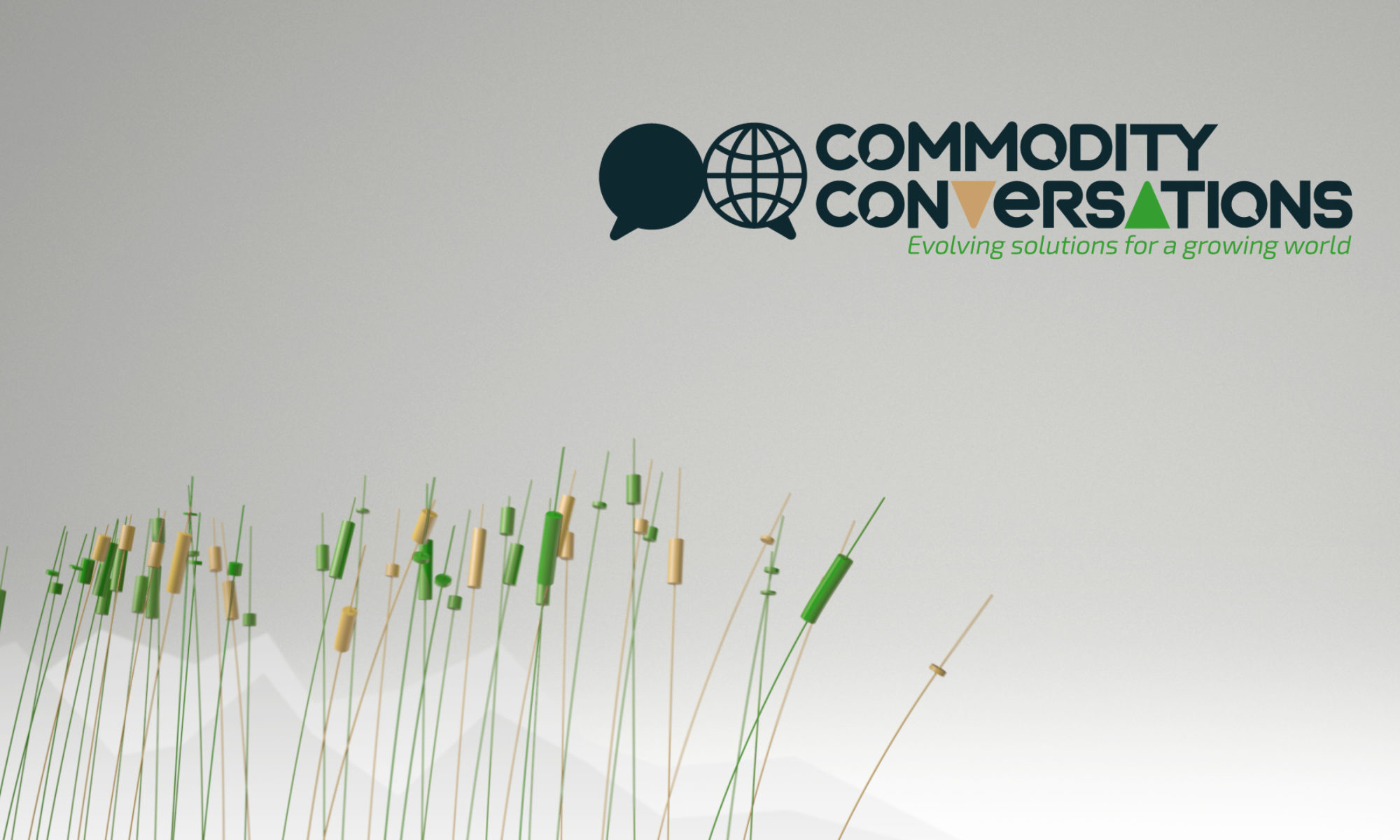The initial impact of the coronavirus outbreak on demand has pushed down food prices. The FAO reported that its March food price index was down 4.3% when compared to February. The agency said the prospect of an economic recession, combined with the strong US Dollar, pushed down the price of most crops. Experts further argued that food prices will continue to fall, especially for crops used to make biofuels, like sugar and vegetable oils, because of the collapse in oil prices.
In reality, however, the food industry is not facing an overall drop in demand but rather a shift of how people buy their food. The sector is rushing to reorganise the supply chains which used to clearly separate industrial users, such as restaurants or distributors, and grocery stores. In the US, the government is helping by waiving some requirements and manufacturers can now sell packaged foods without nutrition labels.
For the moment, the extra demand in grocery stores is not making up for the drop in restaurant consumption, however, and many farmers are struggling with mounting stocks. In the Netherlands, up to 1 million mt of potatoes remains unbought, while a US dairy producer said the sector was struggling to react to the “supply chain breaking down”. Canadian media reported that Ontario farms were instructed to dump 5 million L of raw milk every week in order to lower supply and support prices. Ironically, dairy farms had recently been asked to boost supply to account for panic buying.
As the virus and containment measures continue to spread across the world, the situation could reverse. The price of a few basic crops, like rice and wheat, have already been rising because of logistical disruptions caused by lockdowns. The situation could be exacerbated by government efforts to limit exports, like in Russia, Kazakhstan and Vietnam, along with some government stockpiling goods, like in Algeria, Turkey and Tunisia. So far, however, experts say the food supply remains perfectly adequate, as they note that firms will only pass on higher commodity prices to consumers if they remain elevated for a sustained period.
For their part, producers are doing their best to contain the virus while maintaining a steady food supply, although some plants are already facing problems. ADM announced that workers at an Iowa corn plant were placed in quarantine after testing positive for the coronavirus, while Olam unveiled new health precautions in its processing facilities across the world. In more serious cases, Cargill, Tyson Foods and JBS USA had to close meat processing plants in the US to contain the virus. Unilever said it could not guarantee the supply of all goods as it decided to prioritise large and popular food products. It will focus on canned meat and soups, ice cream, and only sell the largest mayonnaise jars.
Governments around the world are also rushing to protect the food supply chain from coronavirus disruptions by addressing labour concerns and restrictions on the cross-border movement of workers. For one, Germany announced that it will relax travel restrictions and allow seasonal workers from Eastern Europe to come in and help with the fruit and vegetable harvests. The country will also look to find local workers, such as people recently made redundant because of the coronavirus. In the same vein, Australia extended the visas of workers already in the country to make sure farmers were able to pick and pack all of their crops.
Another option considered by nations to avoid shortages or price volatility is to create food stocks. In the EU, the Commission was asked by French farmers to fund private food stocks to avoid waste and help farmers. Government stocks can eventually help deal with disruptions, like in China where Sinograin unlocked a second batch of 500,000mt of soybeans to be crushed by COFCO. Sources mentioned that the reserves were released only to deal with delays in Brazilian imports. Qatar, meanwhile, hopes to guarantee supply by removing all import duties on food and medicinal items for a period of six months.
The crisis is shining a light on the countries most reliant on food imports, like Singapore which can only meet 10% of its own food needs because of the scarcity of land. To address the issue, the city-state is launching a new drive to encourage rooftop gardening. Citizens around the world are also looking to grow more vegetables themselves, a move nicknamed “panic planting”. Some are calling their projects “Corona Victory Gardens”, inspired by the campaign to create “Victory Gardens” to feed the UK in WWI.
Bread-making has become a very popular option for people stuck at home wishing to make more of their own food. Unfortunately, this has led to a shortage of active dry yeast. The solution for many is to make a sourdough starter, although it can be a lengthy and tricky process. In order to help, bread-makers in San Francisco are leaving samples of their active starters hanging from trees for others to take. One starter was left under a sign which read: “Starter name: ‘Freddie, Son of Godric’”.
This summary was produced by ECRUU






